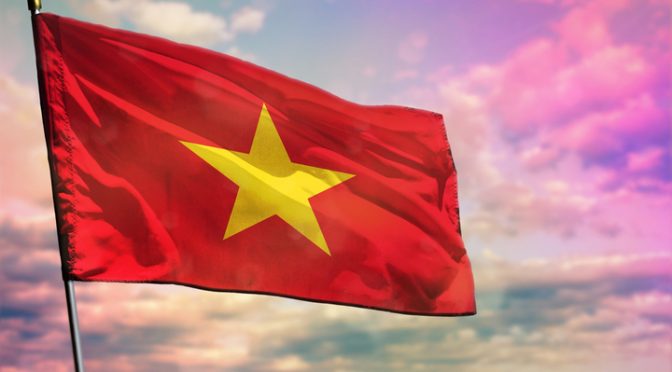In two provinces of Viet Nam, a quiet transformation is taking place, driven by the power of renewable energy.
Thien Nghiep Commune, a few hundred kilometres from Ho Chi Min City, is a community of just over 6,000 people – where for years, people relied largely on farming, fishing and seasonal labour to make ends meet.
Now, thanks to a wind farm backed by the Seed Capital Assistance Facility (SCAF) – a multi-donor trust fund, led by the United Nations Environment Programme (UNEP) – people in the Thien Nghiep Commune are accessing new jobs, infrastructure and – soon – cheap, clean energy. The 40MW Dai Phong project, one of two wind farms run by SCAF partner company the Blue Circle, has brought new hope to the community.
For the 759 million people in the world who lack access to electricity, the introduction of clean energy solutions can bring improved healthcare, better education and affordable broadband, creating new jobs, livelihoods and sustainable economic value to reduce poverty.
“It’s not only about the technology and the big spinning wheel for me. It’s more about making investment decisions for the planet and at the same time not compromising on the necessity that we call electricity,” said Nguyen Thi Hoai Thuong, who works as a community liaison. “The interesting part is I work for the project, but I actually work for the community and with the community.”
While the wind farm is not yet online, a focus on local hiring and paying fair prices for land has already made a big difference to the community.
“I used the money from the land sale to the Dai Phong project to repair my house and invest in my cattle. Currently, my life is stable and I have not encountered any difficulties since selling the land,” said Ms. Le Thi Doan.
Powering change
The energy sector accounts for approximately 75 per cent of total global greenhouse gas emissions (GHGs). UNEP research shows that these need to be reduced dramatically and eventually eliminated to meet the goals of the Paris Agreement.
Renewable energy, in all its forms, is one of humanity’s greatest assets in the fight to limit climate change. Capacity across the globe continues to grow every year, lowering both GHGs and air pollution, but the pace of action must accelerate to hold global temperature rise to 1.5 °C this century.
“To boost growth in renewables, however, companies need to access finance,” said Rakesh Shejwal, a Programme Management Officer at SCAF. “This is where SCAF comes in. SCAF works through private equity funds and development companies to mobilize early-stage investment low-carbon projects in developing countries.”
The 176 projects it seed financed have mobilized US $3.47 billion to build over one gigawatt of generation capacity, avoiding emissions of 4.68 million tons of carbon dioxide (CO2) equivalent each year.
But SCAF’s work isn’t just about cutting emissions. It is bringing huge benefits across the sustainable development agenda: increasing access to clean and reliable electricity and boosting communities across Asia and Africa. SCAF will be potentially creating 17,000 jobs.
This is evident in Ninh Thuan province, where the Blue Circle created both the first commercial wind power project and the first to be commissioned by a foreign private investor in Viet Nam.
Here, the Dam Nai wind farm has delivered fifteen 2.625 MW turbines, the largest in the country at the time. These will generate approximately 100 GWh per year. They will avoid over 68,000 tCO2e annually and create more than an estimated 302 temporary construction and 13 permanent operation and maintenance jobs for the local community.
Students from the local high school in Ninh Thuan Province were also given the opportunity to meet with engineers and technicians on the project, increasing their knowledge about how renewable energy works and opening up new career paths.
SCAF, through its partners, is supporting clean energy project development in the Southeast Asian region and African region. SCAF has more than a decade of experience in decarbonization and is currently poised to run till 2026.


